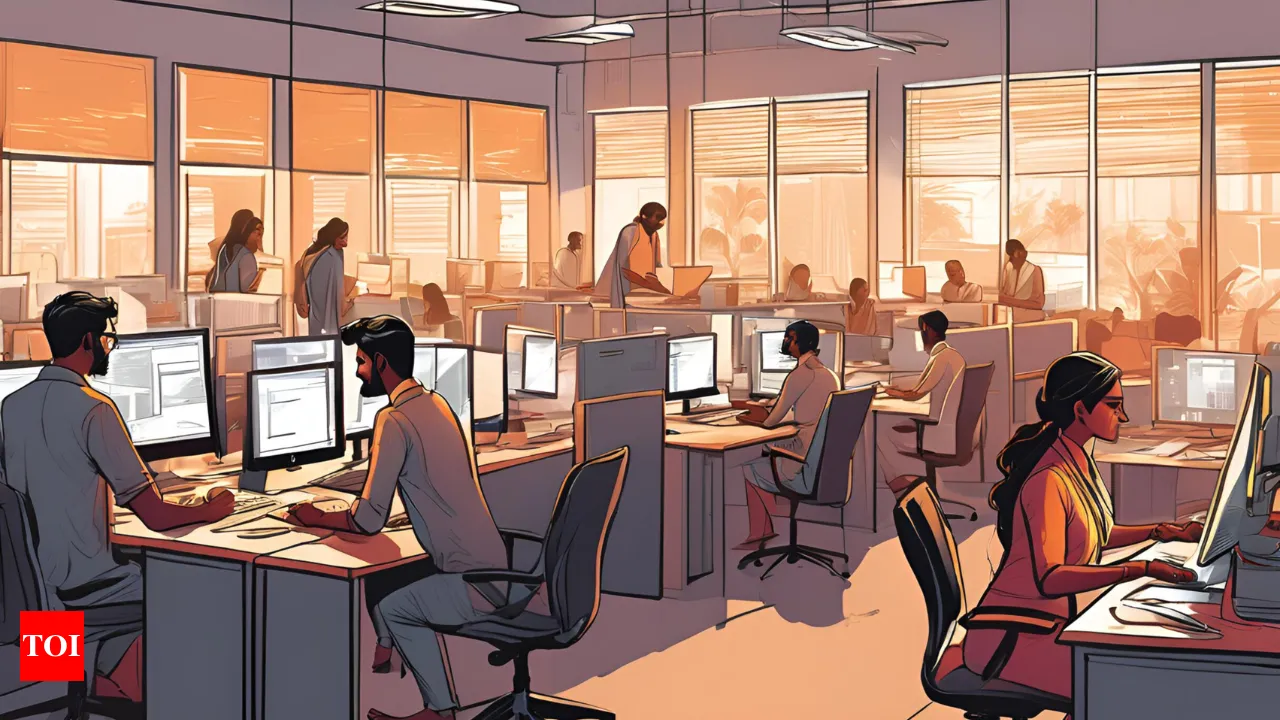Urban-Rural Divide: Understanding the Skill Gap in Education and Employment Opportunities in India

Urban-Rural Divide: Impact on Employment Opportunities
The urban-rural divide significantly impacts India's unemployment rates, particularly in the context of the skill gap in education. The periodic labour force survey (PLFS) conducted by MOSPI highlights the troubling reality that educated unemployment is alarmingly high. As education levels rise, so does the unemployment rate among graduates, and this trend is exacerbated by ongoing gender disparities in employment.
Unemployment Trends from 2021 to 2024
According to MOSPI employment data, the unemployment rate for those with secondary education and above has remained problematic. An overview of unemployment rates from the Periodic Labour Force Survey clearly illustrates this:
- Not Literate: 0.2%
- Literate & Up to Primary: 0.4%
- Middle School: 1.4%
- Secondary & Above: 6.5%
Gender Disparities in Educated Unemployment
The data emphasizes significant gender disparities, where the unemployment rate for educated females in rural areas is remarkably higher than for males, leading to a pressing need for policy reform.
Policy Recommendations to Address Issues
- Bridge the skill gap: Education reform should align with industry needs.
- Promote entrepreneurship: Encourage start-ups among educated youth.
- Enhance gender inclusivity: Ensure equal pay and prevent discrimination.
- Decentralize job creation: Create jobs in rural areas to reduce the urban-rural divide.
- Strengthen public-private partnerships: Collaborate to provide training and internships.
While there are signs of slight improvement, the high levels of educated unemployment underscore the need for decisive action to rectify these disparities.
This article was prepared using information from open sources in accordance with the principles of Ethical Policy. The editorial team is not responsible for absolute accuracy, as it relies on data from the sources referenced.